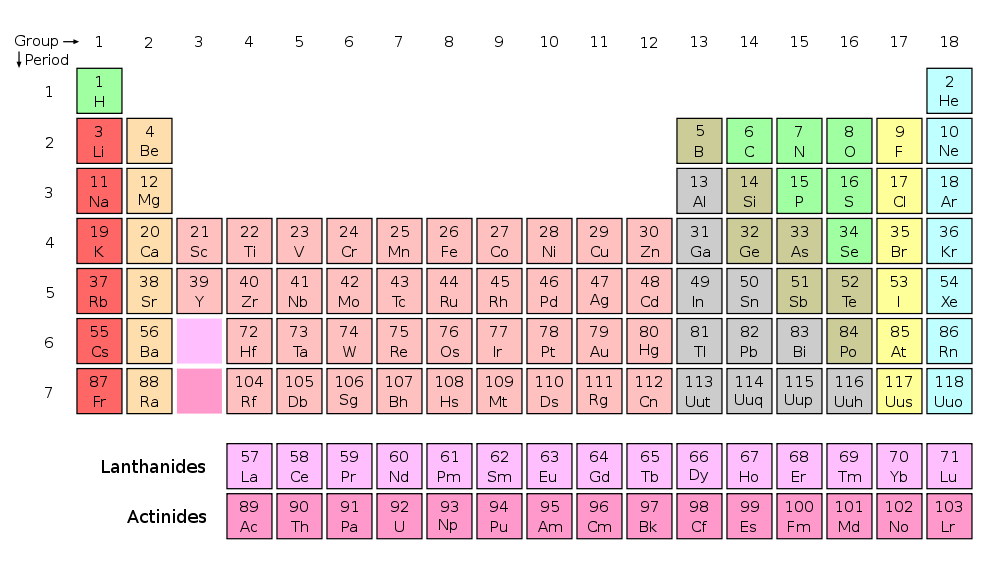Molecular Descriptors For Cheminformatics Pdf Reader
ChemViz in action. This example shows a portion of a network of predicted hits for a chemical assay. A 2D Structure Table has been generated for the selected nodes, and the number of hydrogen bond acceptors and donors for the compounds have been calculated and added to the table. Larger images of two of the structures are shown. The calculated hydrogen bond acceptors and donors were mapped to Cytoscape attributes by chemViz and used to set the node color and node border color in the network. 2D structures for the compounds have been painted directly onto the nodes. UCSF chemViz is a Cytoscape plugin that extends the capabilities of Cytoscape into the domain of cheminformatics.

ChemViz displays 2D diagrams of compounds specified by InCHI or SMILES strings. ChemViz can also calculate Tanimoto similarities of compounds and use the values to create chemical similarity networks. Part of such a network is shown above. The 2D diagrams can be presented as scalable independent windows or as part of a table also showing Cytoscape attributes and calculated compound descriptors, including number of hydrogen bond donors, number of hydrogen bond acceptors, molecular weight, ALogP, molecular refractivity, number of Rule of Five violations, and several more. Any of the calculated descriptors can be mapped onto Cytsocape attributes where they can be used by the VizMapper and saved with the session. In the network above, nodes are colored by the number of hydrogen bond acceptors and node borders are colored by the number of hydrogen bond donors. ChemViz depends on version 2.8 of Cytoscape and is available from the Cytoscape plugin manager.
Toward the ubiquitous use of Cheminformatics and QSAR modeling. Thousands of molecular descriptors are available for organic compounds constitutional. MOLECULAR DESCRIPTORS. Points for the inquisitive reader. An Introduction to Chemoinformatics. An Introduction to Chemoinformatics and. Linking Open Drug Data to Cheminformatics and Proteochemometrics. Cheminformatics, Resource Description Frame. As well as the output of molecular descriptor. Lorem ipsum dolor sit amet, consetetur sadipscing elitr, sed diam nonumy eirmod tempor invidunt ut labore et dolore magna aliquyam erat, sed diam voluptua.
This page describes chemViz release 1. El Vortice Hicks Pdf Merge. Worship Matters Bob Kauflin Ebook3000. 3. Installation chemViz is available through the Cytoscape plugin manager or by downloading the source directly from the Cytoscape svn repository (see, or browse the sources). To download chemViz using the plugin manager, you must be running Cytoscape 2.8 or newer.
ChemViz is available in the Analysis group of plugins. To install it, bring up the Manage Plugins dialog ( Plugins→Manage Plugins) and select Analysis under Available for Install. Select chemViz and click the Install button.
Menus chemViz functionality is available through a 'global' menu under the Plugins and as either node or edge context menus. In any of the cases, chemViz provides a Cheminformatics Tools submenu. Chemical information is appropriate on either edges or nodes, so the global submenu provides submenus that allow the user to indicate whether the action should be performed on all nodes, all edges, selected nodes, or selected edges. The selected nodes menu will only appear if nodes are selected. Similarly, the selected edges menu will appear only if edges are selected.
The all nodes and all edges menu items will always appear, but will be disabled (grayed out) if chemical information is not detected on any or the nodes or edges, respectively. Obviously, the chemViz node and edge context menus only apply to nodes or edges, as appropriate, and most items will be disabled (grayed out) if no chemical information is detected on any of the selected nodes or edges as appropriate.
The exception to the above discussion is the Settings. Menu, which has no submenus since its only function is to bring up the settings dialog. The settings dialog is discussed in more detail in the next section. Settings The first step in using chemViz is to adjust the settings to correspond to your network attributes.
By default chemViz will look for SMILES strings in the Cytoscape attributes: SMILES, Smiles, smiles, Compounds, or Compound. InCHI strings will be searched for in the attributes: InCHI, inchi, InChi, or InChI. These attributes may contain Cytoscape lists or comma-separated values.
Either of these settings can be overridden through the Settings. Dialog (see Figure 2). The Settings. Dialog can also be used to change the default cutoffs for creating similarity edges and restricting the number of compounds to show in a single 2D popup.